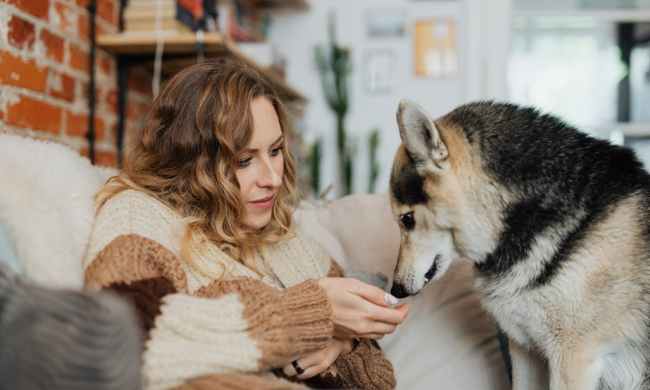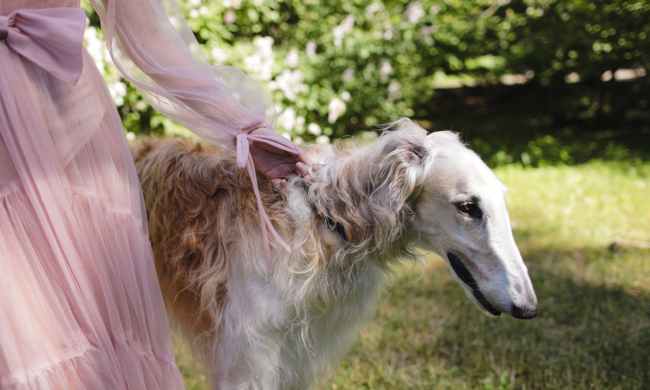You may have noticed a strange smell coming from your dog’s bottom or even a mysterious brown stain on his bed — these are just a few warning signs that it’s time to have your dog’s anal glands expressed, or cleared. Surprisingly, learning how to express dog anal glands is actually easier than you think, and you can do it right from home. The hardest part will be keeping your pup still for the process!
With just a few minutes and a couple of household toiletries, you can help your furry friend avoid major booty discomfort. Of course, a groomer or veterinarian will be happy to help with this process, but there is no reason you can’t learn to do it yourself — if you feel able, of course! Here’s everything you need to know about your dog’s anal glands.
Can I express my dog’s anal glands myself? Does my dog need to see a vet?

Despite the slightly intrusive nature of anal gland expression, it is absolutely safe to do from home — though it will be even easier with two people. In fact, you may already have everything you need in your bathroom cabinets, so you can do this almost anytime. Here’s what you’ll need, according to River Road Veterinary:
- Vaseline or lubricant (yes, that kind)
- Paper towels
- Warm, soapy washcloth
- Pair of disposable gloves
If you feel unsure about taking on this process yourself, anal gland expression is easy and quick for a vet or groomer to do in their office. You will probably need to make an appointment, though, so it’s a better idea to plan ahead if you prefer to get some help.
How do you know if a dog needs their glands expressed? Is it easy to tell?
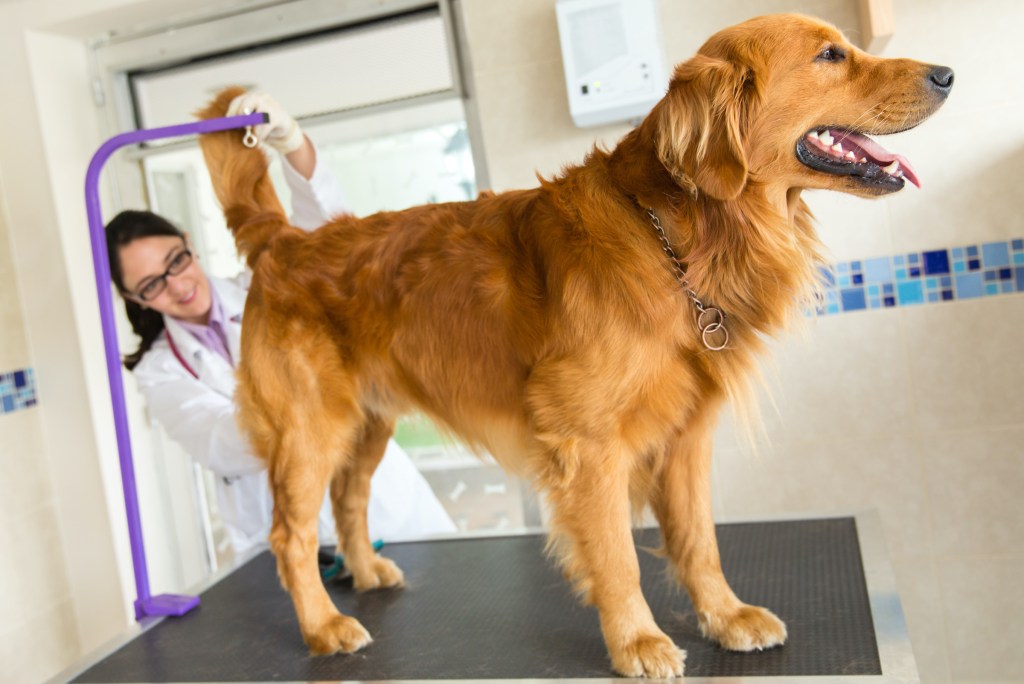
If your dog’s anal glands are full or obstructed, he’s likely to feel pressure in his bottom. This can cause him to look at his rear, lick his bottom more frequently, or even scoot on the ground (via Cherished Companions Animal Clinic).
These glands, which sit at the 4-o’clock and 8-o’clock positions on your dog’s rear, may leave brown debris in places your pup sits. You may notice a foul smell and even swelling around your dog’s anus in more extreme cases. Sometimes, canines can struggle to pass feces when swelling occurs.
What happens if you don’t express your dog’s anal glands?
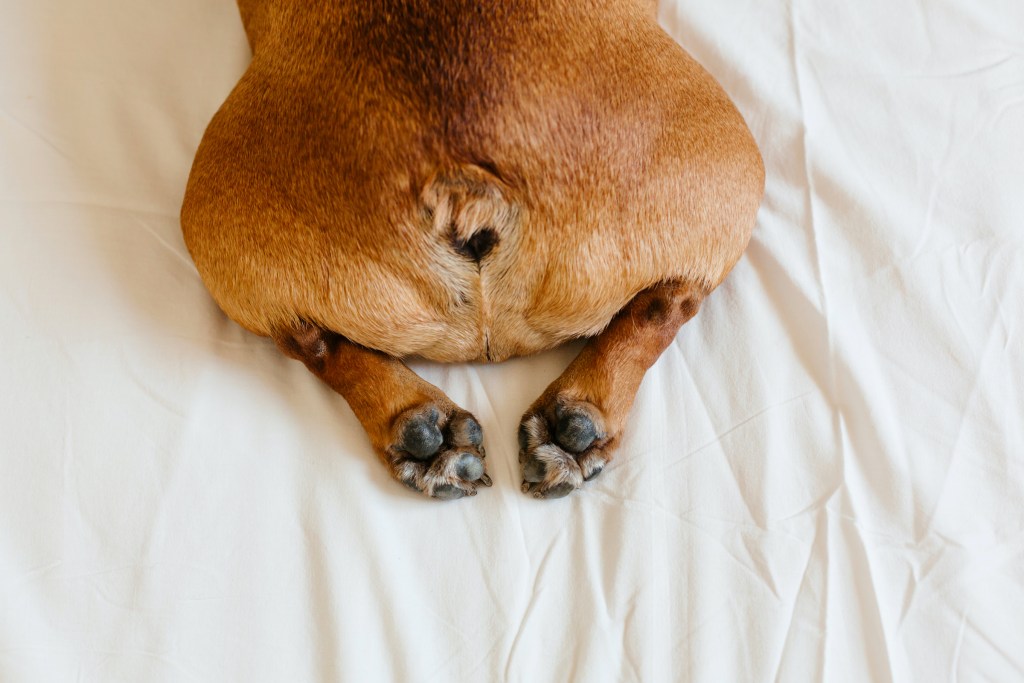
Most pooches naturally express their own glands as they defecate — this is how the anal glands work, after all. However, some dogs experience a buildup of gland material if they fail to express upon defecation. This is when you’ll notice the symptoms mentioned above. This can happen when a dog experiences a bout of diarrhea or even from a chronic skin concern, so don’t rule it out (via AKC).
In most cases, a simple gland expression will do the trick. For dogs with more moderately blocked glands or chronic blockages, though, antibiotics or anti-inflammatories may be prescribed. Anal glands can also be flushed thoroughly while a dog is under anesthesia, but The People’s Defense for Sick Animals notes that this is not needed in the majority of cases.
If obstructed anal glands are left untreated, abscesses and infections can occur. Unsurprisingly, this is a highly uncomfortable experience, so you shouldn’t wait to treat full or swollen glands.
How to express a dog’s anal glands safely from home — it’s easier than you think

If you choose to express your dog’s anal glands at home, make sure you have all your supplies ready to go. It will make the process easier to have a second person gently hold your dog while you do the expression, as it can feel somewhat uncomfortable (and this is normal).
Have your dog stand on all fours, says River Road Veterinary, and kneel behind him. Have your helper gently lift up the pup’s tail while you insert one gloved, Vaseline-covered index finger into your pup’s anus. Use this finger and your thumb on the outside to feel for the glands at each side of the anus. They will be between pea- and plum-sized depending on the size of your dog.
Once you’ve located one gland, use your thumb and index finger to gently squeeze and massage it. If done correctly, a brown liquid will leak from just inside the anus — so make sure to have a paper towel or two at the ready in your other hand.
You can repeat this process with either the same hand or your opposite hand as you express the other gland. It’s important to find what’s most comfortable for you and your pet, so take your time. Don’t forget to wash your dog’s bottom with warm, soapy water after you’re done expressing his anal glands, as the liquid can leave behind a pretty nasty smell. It should go without saying — wash your hands, too!
How can I help my dog express their glands naturally?
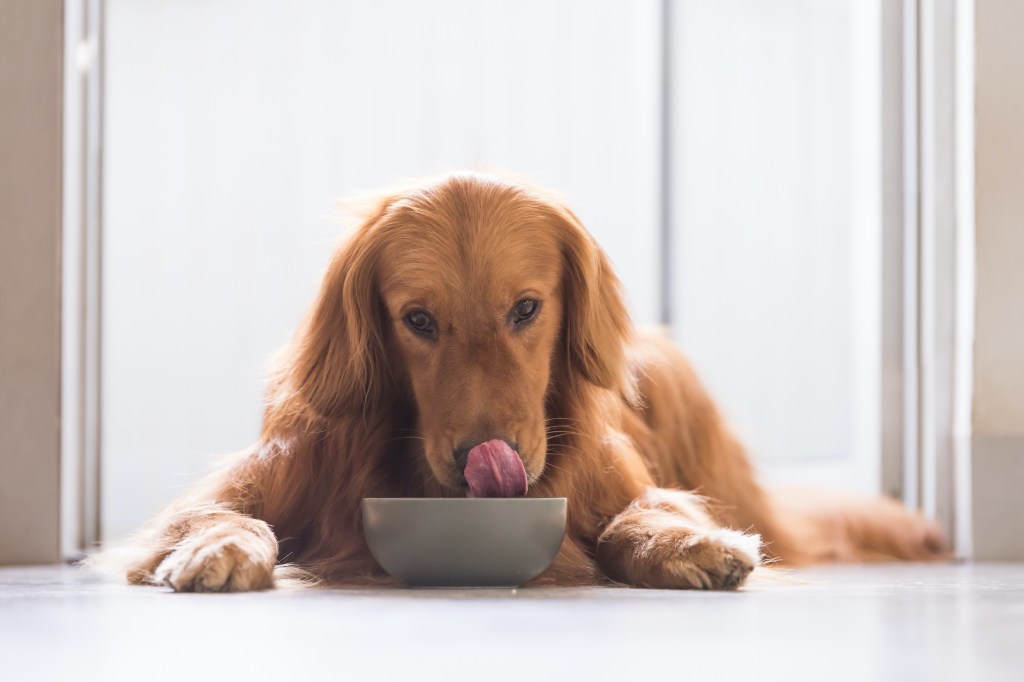
While expressing his anal glands certainly works, you might be able to nip this in the bud with a few diet changes. Probiotics and fiber supplements will help regulate his stool and lead to firm, healthy poops that do the job for you. Additionally, keeping him regular will go a long way to maintaining empty anal sacs as diarrhea can increase the problem.
A couple other things you can try: Switch your pup to dry kibble, make sure he gets plenty of water, and get him on a good exercise routine. All these factors combined should help you go a long while without needing to do this chore again.
When you’re all done with the process, washes and all, your dog will definitely appreciate a treat. Honestly, you should get a treat, too — we know this isn’t the most fun part of pet ownership. Still, expressing anal glands is necessary for a happy and healthy pup, so it’s a good skill to know no matter what.



